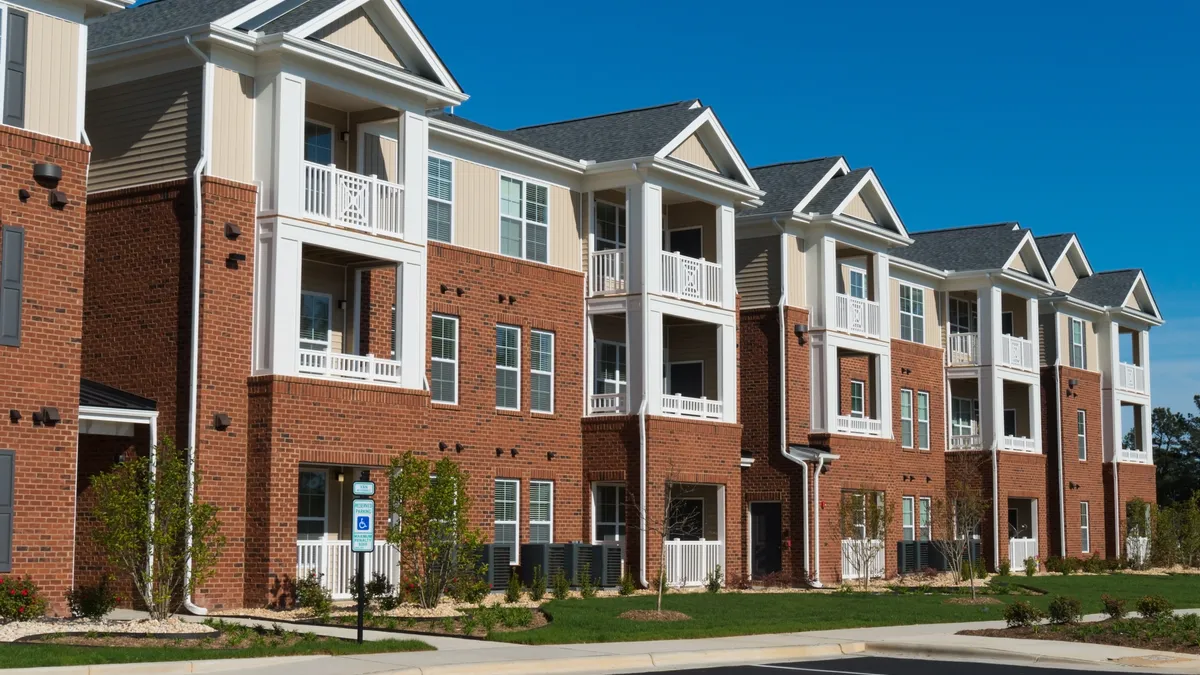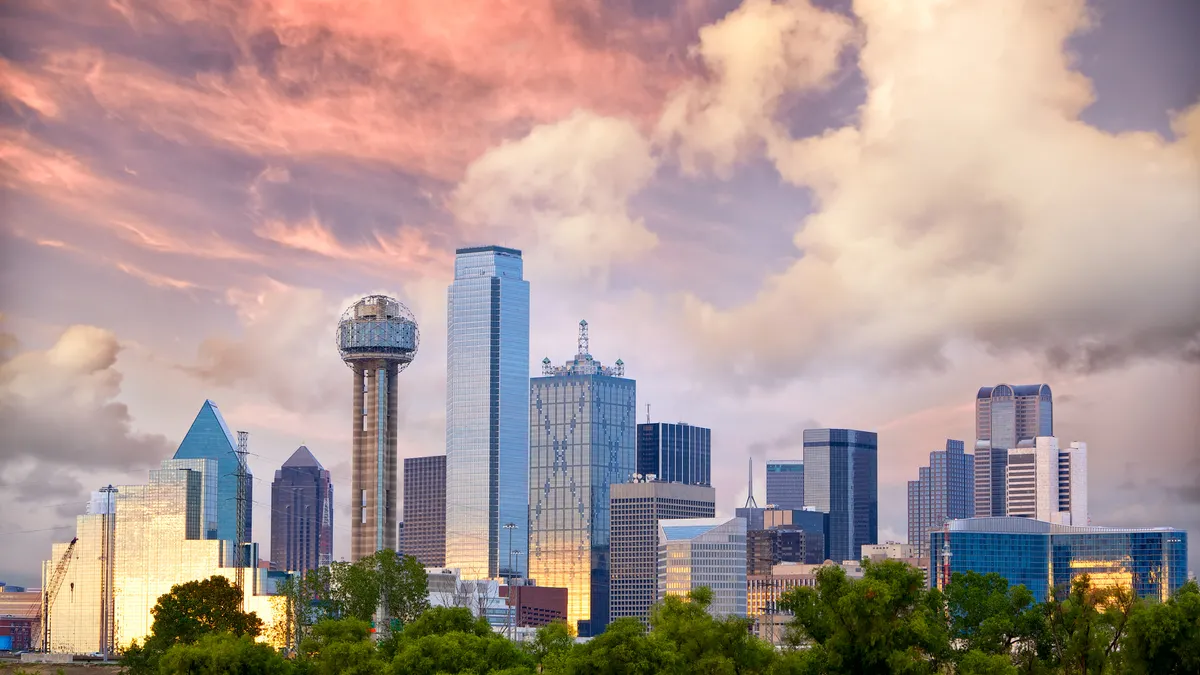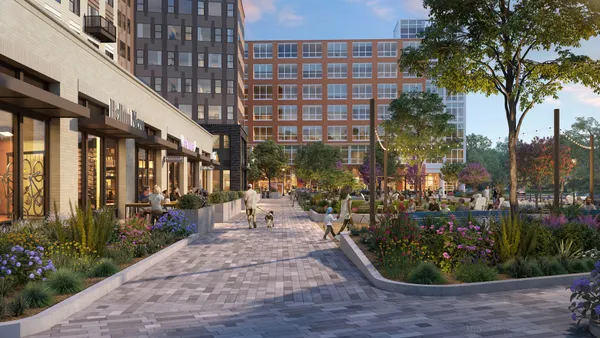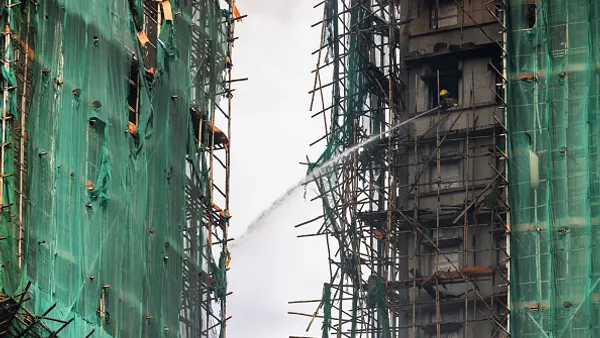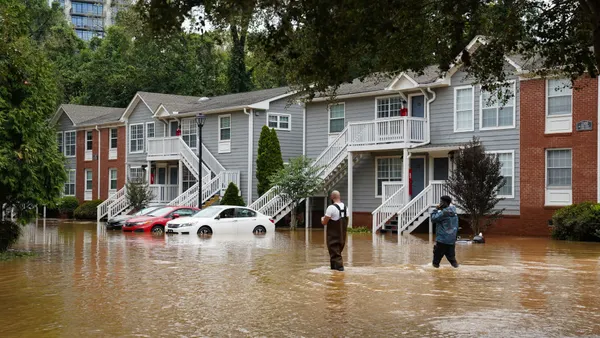The Inflation Reduction Act (IRA) and Bipartisan Infrastructure Law (BIL) have created an unprecedented opportunity for multifamily affordable housing (MFAH) property owners and managers to invest in high-impact, clean energy improvements for their properties. Federal agencies like the U.S. Departments of Energy (DOE), Housing and Urban Development (HUD), Agriculture (USDA), and the Environmental Protection Agency (EPA) are pushing billions of dollars out the door to spur green projects. MFAH can access tax credits, rebates, loans, and other resources to pursue solar, high-efficiency heat pumps, weatherization, electric vehicle charging infrastructure, and much more.
Historically, the high upfront costs and logistical challenges of accessing these kinds of improvements have made "going green" unattractive or unfeasible for the MFAH sector. However, between the mass of new funds and the growing policy and regulatory pressure to decarbonize the nation's buildings, sticking with "business as usual" is rapidly becoming impractical. The great news, is that if you learn how to navigate this landscape, and/or work with the right service providers and contractors, you can achieve meaningful benefits for your property and your residents. Holistic green retrofits can reduce operations and maintenance costs, improve property value, and reduce tenant turns. Upgrading mechanical systems, lighting, appliances, building shell, and plumbing, improve the property's functioning and extend its lifetime. Further, the upgrades continue to yield savings over the life of the installs, which can be 15-20 years. (Said differently: whatever your energy cost savings in the first year—multiply them by 15-20.)
Some of this is easier said than done, and obviously, the project's success depends on its design and execution. Projects must be tailored to maximize energy efficiency and bring down costs, otherwise you could see higher utility bills, bad experiences with the upgrades, and problems for maintenance staff. Depending on the property, a well-designed project might combine energy efficiency upgrades with health and safety scopes. It might merge traditional energy efficiency with solutions like solar, energy storage, and electric vehicle infrastructure. Whatever the final scope of work, this is the point where all the new money—and knowing how to handle it—becomes vitally important.
Braiding funds from different housing-focused energy and health programs significantly reduces upfront costs and facilitates optimum projects. Available resources often vary across the U.S., but here are some of the relevant funds for MFAH:
- Tax Credits and Deductions
- Up to $5,000 per unit with the 45L tax credit
- Up to $5 per square foot with the 179D tax deduction
- A 4% or 9% Low-Income Housing Tax Credit
- A minimum of 30% of project costs with the Investment Tax Credit, assuming the project meets prevailing wage and apprenticeship requirements (owners may also be eligible for bonus credits)
- Utility Rebates
- Potentially over $5,000 per unit, depending on your local Utility Programs
- Weatherization Assistance Program Dollars
- Up to $10,000 per unit if the state's weatherization program serves MFAH
- Key IRA Programs
- Up to $80,000 per unit with the "Comprehensive" funding cohort of HUD's Green and Resilient Retrofit Program
- Up to $14,000 per unit for electrification measures with the DOE's Home Electrification and Appliance Rebates program
Stakeholders across the country are still waiting for details on how these dollars can be braided with each other and other funds. While we do, the MFAH sector should advocate with decisionmakers—such as state and federal agencies—to receive its fair share of investment in a manner that sustainably delivers benefits to owners and residents and helps the nation achieve its decarbonization goals. If you're unsure who to talk to, start with your state housing association. Here are some points for guidance:
- The entities that manage these resources, such as service providers and program administrators for weatherization and utility programs, should leverage expertise and partnerships in local communities to inform their approach. They should also work with their counterparts in other programs, e.g., Healthy Homes, to coordinate funds and expertise.
- IRA and BIL should be greeted as an opportunity to document best practices in program design and management. For example, different programs work better together when they have the same income-eligibility requirements. Additionally, programs should offer a one-stop-shop approach that covers project design, implementation, the braiding of funds, and project reporting. The DOE and others have recommended this model for increasing the reach and impact of clean energy programs.
The MFAH sector can affect how these funds travel, but the time to get vocal is now.

